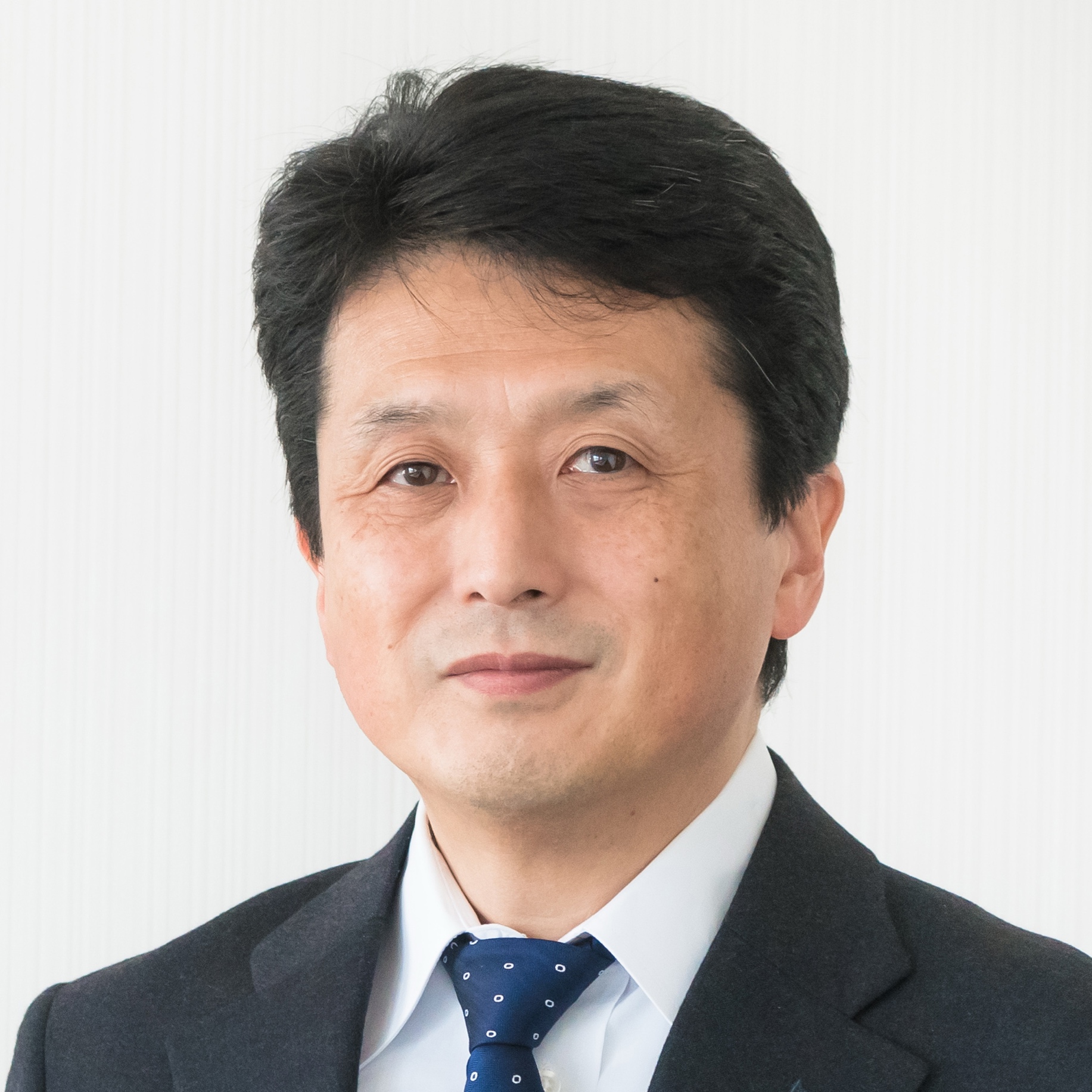Invited Speaker

Prof. Osamu Umezawa
Faculty of Engineering, Yokohama National University, JapanSpeech Title: Rolling-Sliding Contact Fatigue of Carbonitrided SCM420 Steel
Abstract: The hardness of the contact surface of carbonitrided JIS-SCM420 low-alloy steel is higher than that of carburized one after the rolling-sliding contact fatigue test, which shows the greater resistance of the former to temper softening. The tangential force decreases until 1.0 × 104 cycles and then increases gradually. Tribofilms are formed after 104 cycles, and these cycles are fitted to the transition of the tangential forces. In the subzero-treated material, a crack formed vertically from a horizontal crack in the interior to the contact surface. The depth at which the horizontal crack formed corresponds to the maximum-shear-stress regime. In addition to the maximum-shear-strain regime, severe plastic deformation may generate horizontal microcracks in the interior of the specimen. Subsequently, the crack can propagate vertically to the rolling surface, where tensile stress is exerted, thus opening the subsurface crack. In the non-subzero-treated material, cracks formed on the surface and are connected to voids in the interior of the specimen. Solid dissolved nitrogen can create N2 gas voids that change the direction of crack propagation.
Biography: Dr. Osamu Umezawa is a professor of physical metallurgy in the Faculty of Engineering, Yokohama National University. He has carried out many scientific studies related to the cracking mechanism due to heterogeneous deformations in metals and alloys by crystallographic analysis, especially cyclic deformation, fracture analysis, cryogenic properties evaluation, etc. The microstructural design and modification of high-strength materials is a field that has been included in his study and yielded fruitful results. He has thereby made important contributions to the practical application of high-reliability and high-performance structural alloys, and then has proposed prototyping technologies. Further, he was instrumental in the building of an international community that discusses environmental issues of industrial products and materials from the viewpoints of both engineering and society. Based on his works, he was awarded a number of academic prizes by professional qualifications.

